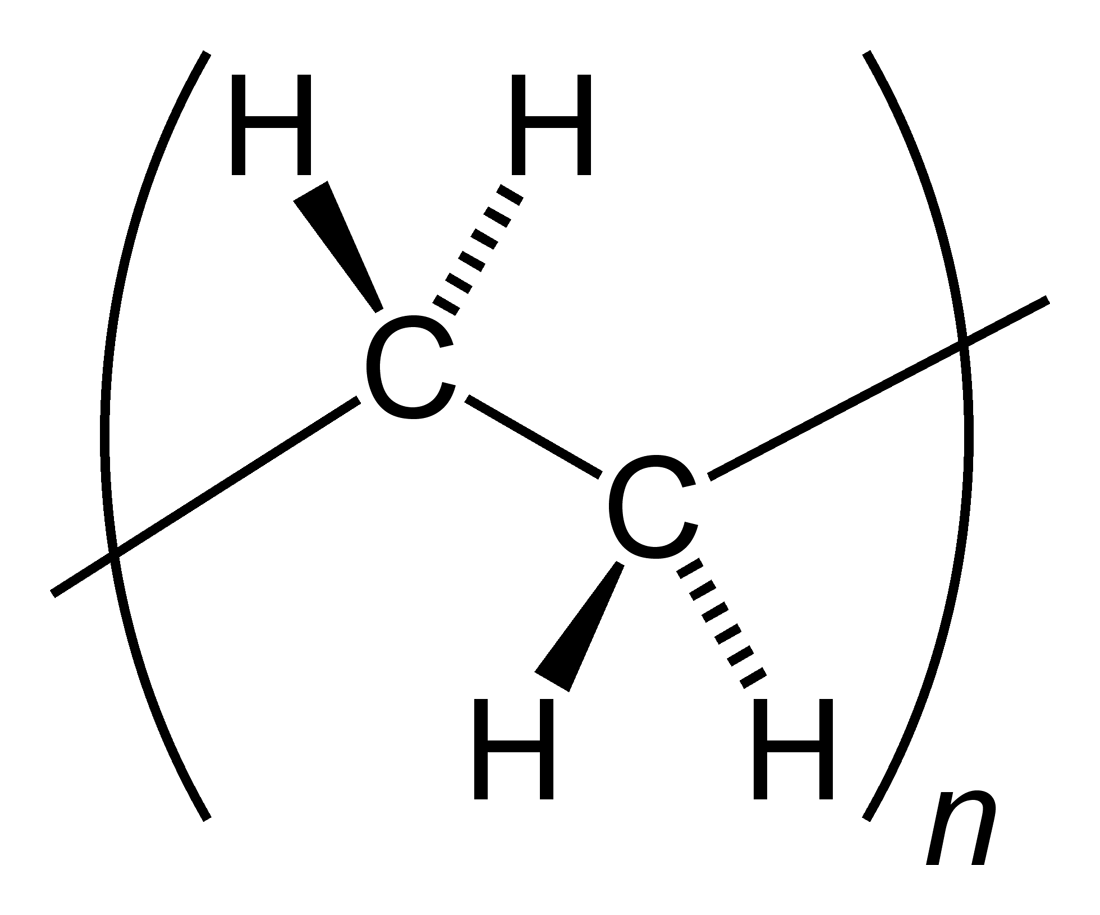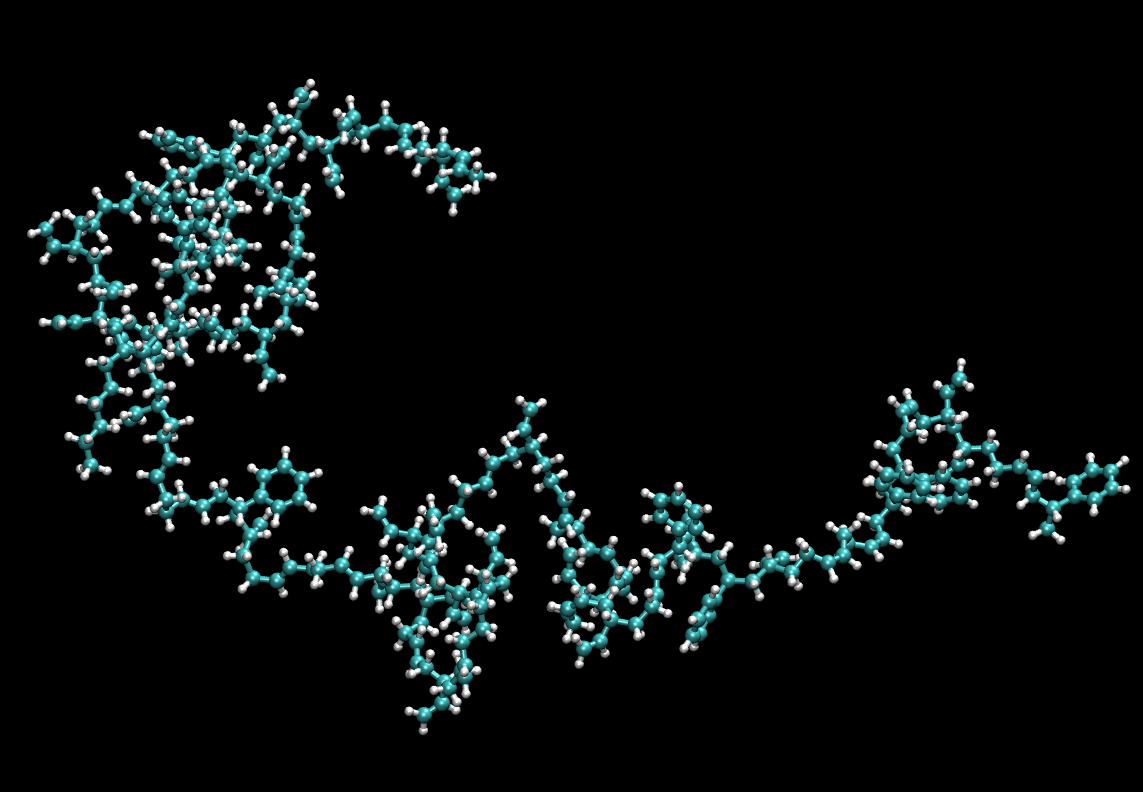|
Pentabromotoluene
Pentachlorotoluene is a synthetic organobromine compound with the molecular formula . Synthesis Pentabromotoluene is a derivative of toluene and is synthesized from it. Physical properties The compound forms white crystalline powder. Its crystals are of monoclinic system. Due to the substitution with five bromine atoms on the aromatic ring, pentabromotoluene has a significantly lower volatility than toluene. Uses Pentabromotoluene is widely used as a flame retardant in textiles, rubber, unsaturated polyesters, polyethylene, SBR latex, etc. See also * Hexabromobenzene * Pentafluorotoluene *Pentachlorotoluene Pentachlorotoluene is a synthetic organochlorine compound with the molecular formula . This is an organic chemical compound from the group of aromatics and a derivative of toluene. Synthesis Pentachlorotoluene can be synthesized by chlorination of ... References {{Reflist Bromobenzenes Organobromides ... [...More Info...] [...Related Items...] OR: [Wikipedia] [Google] [Baidu] |
Pentafluorotoluene
Pentafluoromethylbenzene is a synthetic organofluoride compound with the molecular formula . Synthesis The compound can be obtained by the Friedel–Crafts reaction of pentafluorobenzene with methyl chloride. Also, the compound can be prepared by reacting hexafluorobenzene with methyllithium. Physical properties Pentafluoromethylbenzene is a colorless, volatile liquid with a distinctive sweet smell. It is known for its high reactivity, low toxicity, and limited solubility. Additionally, it has the ability to form complexes with metals such as iron and copper. Chemical properties The presence of electron-withdrawing fluorine atoms on its aromatic ring significantly enhances the compound reactivity. Under the influence of light, pentafluoromethylbenzene reacts with bromine to form pentafluorobenzyl bromide. Uses This halogenated aromatic hydrocarbon is widely utilized in organic synthesis and analytical chemistry due to its unique characteristics. In scientific studies, the comp ... [...More Info...] [...Related Items...] OR: [Wikipedia] [Google] [Baidu] |
Hexabromobenzene
Hexabromobenzene (HBB) is an organobromine compound with the formula . It features a central benzene ring with six bromine substituents. Hexabromobenzene is a white powder that is not soluble in water but is soluble in ethanol, ether, and benzene. Its bromine content is above 86%. Preparation It can be prepared by the reaction of benzene with 6 equivalents of bromine (Br2) in the presence of heat and UV light: : The reaction produces six equivalents of hydrogen bromide. Uses Hexabromobenzene has seen use in high voltage capacitors as a flame retardant. Hexabromobenzene finds extensive use as a fire retardant additive in a range of materials including plastics, paper, and electrical goods, where it serves as a top-tier flame retardant. It was introduced to replace traditional organobromine fire retardants such as polybrominated derivatives of diphenyl ethers and biphenyls. With a high melting point of 327 °C and a high bromide content of 86%, HBB significantly enhance ... [...More Info...] [...Related Items...] OR: [Wikipedia] [Google] [Baidu] |
Pentachlorotoluene
Pentachlorotoluene is a synthetic organochlorine compound with the molecular formula . This is an organic chemical compound from the group of aromatics and a derivative of toluene. Synthesis Pentachlorotoluene can be synthesized by chlorination of toluene. Physical properties This compound forms a white solid with a distinctive smell. The chlorine atoms contribute to its density, making it heavier than water. Because of its low volatility and fat-loving nature, pentachlorotoluene tends to build up in organic tissues, raising concerns in environmental and health research. Uses The compound is traditionally employed as an intermediate in the production of various chemicals, such as pesticides and pharmaceuticals. Nevertheless, because of its environmental persistence, tendency to bioaccumulate, and harmful effects on humans and wildlife, its usage has been significantly limited in numerous countries. See also *Hexachlorobenzene * Pentabromotoluene *Pentachlorobenzene Pentachlorob ... [...More Info...] [...Related Items...] OR: [Wikipedia] [Google] [Baidu] |
Organobromine
Organobromine chemistry is the study of the synthesis and properties of organobromine compounds, also called organobromides, which are organic compounds that contain carbon bonded to bromine. The most pervasive is the naturally produced bromomethane. One prominent application of synthetic organobromine compounds is the use of polybrominated diphenyl ethers as fire-retardants, and in fact fire-retardant manufacture is currently the major industrial use of the element bromine. A variety of minor organobromine compounds are found in nature, but none are biosynthesized or required by mammals. Organobromine compounds have fallen under increased scrutiny for their environmental impact. General properties Most organobromine compounds, like most organohalide compounds, are relatively nonpolar. Bromine is more electronegative than carbon (2.9 vs 2.5). Consequently, the carbon in a carbon–bromine bond is electrophilic, i.e. alkyl bromides are alkylating agents. Carbon–halogen bo ... [...More Info...] [...Related Items...] OR: [Wikipedia] [Google] [Baidu] |
Fisher Scientific
Fisher Scientific International, Inc. (NYSE: FSH) was a laboratory supply and biotechnology company that provided products and services to the global scientific research and clinical laboratory markets until its merger with Thermo Electron in 2006, after which it became Thermo Fisher Scientific. The company offered products and services to over 350,000 customers located in approximately 150 countries including pharmaceutical and biotechnology companies, secondary and higher education institutions, hospitals and medical research institutions, and quality control, process control and research and development laboratories. History The company was founded in Pittsburgh, Pennsylvania, in 1902 by Chester Garfield Fisher (1881–1965), originally called the "Scientific Materials Co.". After obtaining his degree in engineering at Western University of Pennsylvania (now University of Pittsburgh), C.G. Fisher purchased the stockroom of the Pittsburgh Testing Laboratory. Fisher became a ... [...More Info...] [...Related Items...] OR: [Wikipedia] [Google] [Baidu] |
Berichte Der Deutschen Chemischen Gesellschaft
''Chemische Berichte'' (usually abbreviated as ''Ber.'' or ''Chem. Ber.'') was a German-language scientific journal of all disciplines of chemistry founded in 1868. It was one of the oldest scientific journals in chemistry, until it merged with '' Recueil des Travaux Chimiques des Pays-Bas'' to form ''Chemische Berichte/Recueil'' in 1997. ''Chemische Berichte/Recueil'' was then merged with other European journals in 1998 to form '' European Journal of Inorganic Chemistry''. History Founded in 1868 as ''Berichte der Deutschen Chemischen Gesellschaft'' (, CODEN BDCGAS), it operated under this title until 1928 (Vol. 61). The journal was then split into: * ''Berichte der Deutschen Chemischen Gesellschaft, A: Vereins-Nachrichten'' (, CODEN BDCAAS), and * ''Berichte der Deutschen Chemischen Gesellschaft, B: Abhandlungen'' (, CODEN BDCBAD). Vol. 78 and 79 (1945–1946) were omitted and not published due to World War II. The journal was renamed ''Chemische Berichte'' (, CODEN CHBEAM) in ... [...More Info...] [...Related Items...] OR: [Wikipedia] [Google] [Baidu] |
Monoclinic System
In crystallography, the monoclinic crystal system is one of the seven crystal systems. A crystal system is described by three vectors. In the monoclinic system, the crystal is described by vectors of unequal lengths, as in the orthorhombic system. They form a parallelogram prism. Hence two pairs of vectors are perpendicular (meet at right angles), while the third pair makes an angle other than 90°. Bravais lattices Two monoclinic Bravais lattices exist: the primitive monoclinic and the base-centered monoclinic. For the base-centered monoclinic lattice, the primitive cell has the shape of an oblique rhombic prism;See , row mC, column Primitive, where the cell parameters are given as a1 = a2, α = β it can be constructed because the two-dimensional centered rectangular base layer can also be described with primitive rhombic axes. The length a of the primitive cell below equals \frac \sqrt of the conventional cell above. Crystal classes The table below organizes the spa ... [...More Info...] [...Related Items...] OR: [Wikipedia] [Google] [Baidu] |
Structural Crystallography And Crystal Chemistry
A structure is an arrangement and organization of interrelated elements in a material object or system, or the object or system so organized. Material structures include man-made objects such as buildings and machines and natural objects such as biological organisms, minerals and chemicals. Abstract structures include data structures in computer science and musical form. Types of structure include a hierarchy (a cascade of one-to-many relationships), a network featuring many-to-many links, or a lattice featuring connections between components that are neighbors in space. Load-bearing Buildings, aircraft, skeletons, anthills, beaver dams, bridges and salt domes are all examples of load-bearing structures. The results of construction are divided into buildings and non-building structures, and make up the infrastructure of a human society. Built structures are broadly divided by their varying design approaches and standards, into categories including building structures, arch ... [...More Info...] [...Related Items...] OR: [Wikipedia] [Google] [Baidu] |
Flame Retardant
Flame retardants are a diverse group of chemicals that are added to manufactured materials, such as plastics and textiles, and surface finishes and coatings. Flame retardants are activated by the presence of an combustion, ignition source and prevent or slow the further development of flames by a variety of different physical and chemical mechanisms. They may be added as a copolymer during the polymerisation process, or later added to the polymer at a moulding or extrusion process or (particularly for textiles) applied as a topical finish. Mineral flame retardants are typically additive, while organohalogen and organophosphorus compounds can be either reactive or additive. Classes Both reactive and additive flame retardants types can be further separated into four distinct classes: * Minerals such as aluminium hydroxide (ATH), magnesium hydroxide (MDH), huntite and hydromagnesite, various hydrates, red phosphorus, and boron compounds, mostly borates. * Organohalogen compounds. Th ... [...More Info...] [...Related Items...] OR: [Wikipedia] [Google] [Baidu] |
Unsaturated Polyester
Polyester is a category of polymers that contain one or two ester linkages in every repeat unit of their main chain. As a specific material, it most commonly refers to a type called polyethylene terephthalate (PET). Polyesters include some naturally occurring chemicals, such as those found in plants and insects. Natural polyesters and a few synthetic ones are biodegradable, but most synthetic polyesters are not. Synthetic polyesters are used extensively in clothing. Polyester fibers are sometimes spun together with natural fibers to produce a cloth with blended properties. Cotton-polyester blends can be strong, wrinkle- and tear-resistant, and reduce shrinking. Synthetic fibers using polyester have high water, wind, and environmental resistance compared to plant-derived fibers. They are less fire-resistant and can melt when ignited. Liquid crystalline polyesters are among the first industrially used liquid crystal polymers. They are used for their mechanical properties and heat- ... [...More Info...] [...Related Items...] OR: [Wikipedia] [Google] [Baidu] |
Polyethylene
Polyethylene or polythene (abbreviated PE; IUPAC name polyethene or poly(methylene)) is the most commonly produced plastic. It is a polymer, primarily used for packaging (plastic bags, plastic films, geomembranes and containers including bottles, cups, jars, etc.). , over 100 million tonnes of polyethylene resins are being produced annually, accounting for 34% of the total plastics market. Many kinds of polyethylene are known, with most having the chemical formula (C2H4)''n''. PE is usually a mixture of similar polymers of ethylene, with various values of ''n''. It can be ''low-density'' or ''high-density'' and many variations thereof. Its properties can be modified further by crosslinking or copolymerization. All forms are nontoxic as well as chemically resilient, contributing to polyethylene's popularity as a multi-use plastic. However, polyethylene's chemical resilience also makes it a long-lived and decomposition-resistant pollutant when disposed of improperly. Being a h ... [...More Info...] [...Related Items...] OR: [Wikipedia] [Google] [Baidu] |
Styrene-butadiene
Styrene-butadiene or styrene-butadiene rubber (SBR) describe families of synthetic rubbers derived from styrene and butadiene (the version developed by Goodyear is called Neolite). These materials have good abrasion resistance and good aging stability when protected by additives. In 2012, more than 5.4 million tonnes of SBR were processed worldwide. About 50% of car tires are made from various types of SBR. The styrene/butadiene ratio influences the properties of the polymer: with high styrene content, the rubbers are harder and less rubbery. SBR is not to be confused with the thermoplastic elastomer, styrene-butadiene block copolymer, although being derived from the same monomers. Types SBR is derived from two monomers, styrene and butadiene. The mixture of these two monomers is polymerized by two processes: from solution (S-SBR) or as an emulsion (E-SBR). E-SBR is more widely used. Emulsion polymerization E-SBR produced by emulsion polymerization is initiated by f ... [...More Info...] [...Related Items...] OR: [Wikipedia] [Google] [Baidu] |



